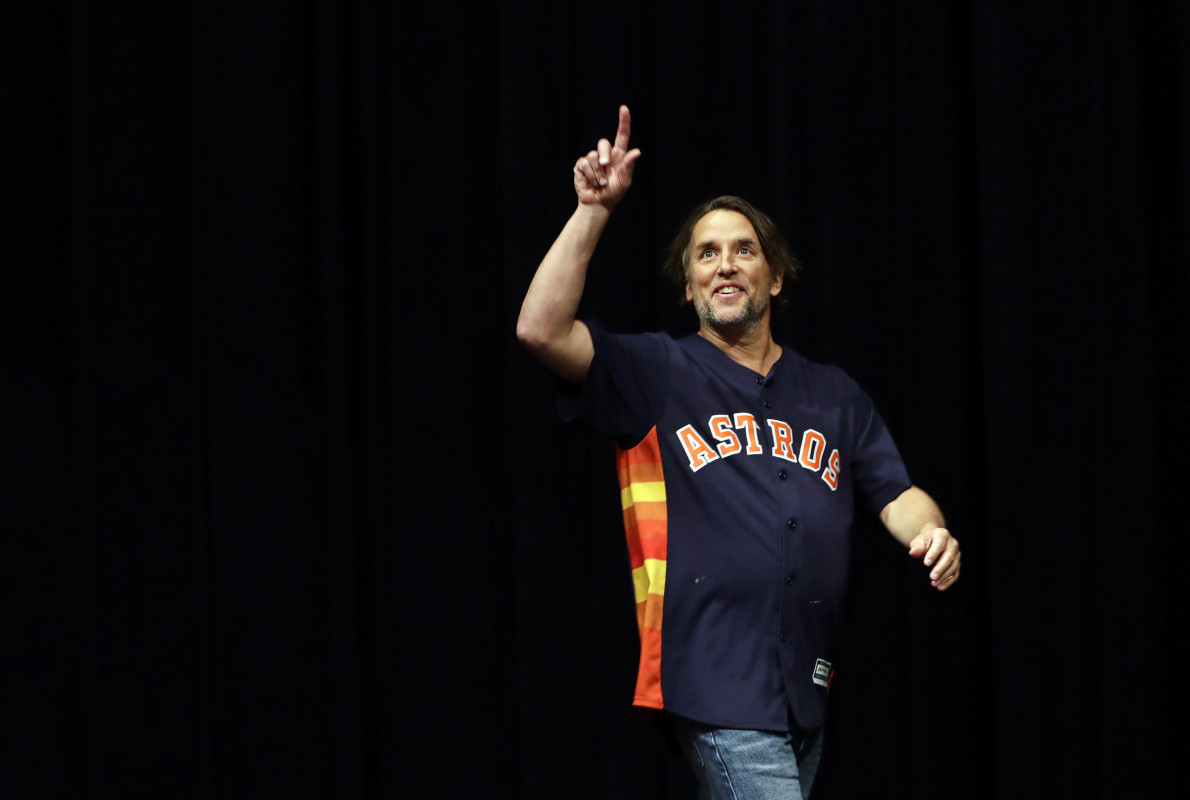

It’s gossipy and funny and sometimes wistful and sad, but it’s page-turning. It makes for lively, sometimes cringe-y reading (the chapter about Shawn Andrews should be printed as a pamphlet and handed out to young actors with too much hubris). And everyone, of course, insists they’re telling the truth. There are hookups and rivalries, oceans of alcohol and forests of weed consumed, cliques and alliances - and everyone has their own side of the story. Maerz, a former staff writer at Entertainment Weekly and The Los Angeles Times, spoke with almost 150 people to assemble the narrative. Universal agrees, the cast assembles in Austin, and we hurtle into “Part II: The Shoot” as if we’re in Wooderson’s 1970 Chevy Chevelle: “4:11 Positrac outback, 750 double pumper, Edelbrock intake, bored over 30, 11-to-1 pop-up pistons, turbojet 390 horsepower.”
Richard linklater slacker movie#
Nice for a fellow movie nerd to have another movie nerd’s back. “Jim told Tom, ‘How do you know “Slacker” isn’t Rick’s “THX 1138”?’ That was George Lucas’s weird art film that didn’t make any money, and he made ‘American Graffiti’ after that.” Linklater says: “Unfortunately, Tom Pollock saw ‘Slacker’ at one point, and he was like, ‘What the ?’ He thought ‘Slacker’ was this weird, arty film. When you think of me, think of positive box office money!’”īut Pollock seeing “Slacker” was a different story. “And I was like, ‘Yeah, it was a success! I’m Mr. We walked over to his table, and he was like, ‘Oh yeah, “Slacker.” That made some money, right?’ I don’t think he’d seen it, but he recognized the title from looking at Variety. Linklater remembers meeting with Jim Jacks, who would go on to be one of the producers of “Dazed”: “We had just had lunch when Jim introduced me to Tom Pollock, the head of Universal. And, most of all, it was about being young and directionless - of the joy and terror of that time in everyone’s life. It’s a movie about the hidden fracturing going on in an American society that was fooling itself about how it had finally cohered. It’s a movie about the internet before there was an internet. You just talked”) hit a nerve at the dawn of the ’90s. The seemingly formless and improvised “Slacker” (Don Stroud, an actor on “Slacker” and stand-in on “Dazed,” asserts: “You didn’t really audition. “So there I was, in my late 20s, telling my parents, ‘You know those thousands of dollars you paid for Trish’s wedding? Well, you could just give me that money for “Slacker.” Think of it as the marriage I’m never going to have.’ That was my pitch, and it worked.” “I had seen my sister Trish get married, and then she got divorced a couple of years later,” says Linklater. “It felt like Rick must’ve been in the woods, and instead of partying with us, he was taking notes,” says the real, rueful Slater.Īnd suddenly in Chapter 3 (“The Hardest Working Slackers in Austin”) we get a mini-oral biography of the making of “Slacker.” The larcenous creativity that went into making a movie with meager resources is delightfully and succinctly recounted. In another chapter, “Amazed and Confused,” we hear about a hilarious and half-baked defamation lawsuit brought on by the real-life inspirations for Slater, Wooderson and “Pink” Floyd.

His life experiences - things that happened to him, to his friends, and tales he overheard about legendary local figures that may or may not have been true - influenced the story and character choices years later for “Dazed and Confused.” Some of that influence hit too close to home for some actual residents of Huntsville, Linklater’s hometown. I can’t wait to watch it in my 60s.īut near the end of Chapter 2 (“Old People in Your Face, With Who You Are”), we start looping back to Linklater’s time growing up poor in Texas. Dialogue I thought was filler in my 20s now seems profound. Monologues I thought were profound in my early 20s seem silly in my 50s.

And it’s paid dividends the six or seven times I’ve watched it since. It was an amazing experience for me the first time I saw it at San Francisco’s Red Vic theater in 1992. By the time we reach the last of the movie’s 97 minutes, we’ve taken a core sample of one city’s fringe, underground, aboveground, covert and overt soul. We see other people battle to stay isolated. Someone tries to sell Madonna’s Pap smear. Along the way we learn about the human heart, and U.F.O.s, and paranoia. The film continues on from him to one character after another. He says he should have stayed at the bus station.

He talks about a dream he had last night. He babbles about various dreams he’s had. Richard Linklater’s 1991 breakthrough film, “Slacker,” starts with the director himself, riding a cab at dawn into Austin, Texas. ALRIGHT, ALRIGHT, ALRIGHT The Oral History of Richard Linklater’s “Dazed and Confused” By Melissa Maerz


 0 kommentar(er)
0 kommentar(er)
